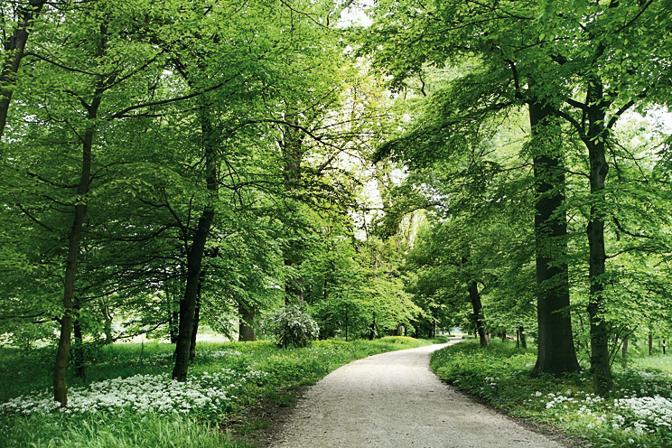
Racconigi Royal Castle
This post is also available in:
 Italiano (Italian)
Italiano (Italian)
The Royal Castle of Racconigi was built around the XI century as a stronghold in the Marquisate of Turin. Later on, it passed to the Marquises of Saluzzo and then to the Savoy family.
During the 1600s, the original fortified structure with corner towers was dramatically transformed: in 1755, some pavilions were annexed to the main façade, while a large entrance portico was added along with the hall featuring the so-called “loggia dei musici”, the Diana room and the Chinese cabinets. At the same time, the neo-Gothic style service buildings of “Serre” and “Margaria” were erected on the edge of the park, for the agricultural management of the surrounding estate.
The park
At the end of the XVII century, the garden designed by the great André Le Nôtre extended north of the palace. A century later, a part of the green expanse was transformed according to the English style fashion, with paths winding through meadows and groves, the addition of a lake with an islet, bridges, ruins, a cave, and new evocative buildings set in an ever-changing perspective arrangement.
Between the XIX and XX centuries, the park became an agricultural estate, while its ornamental aspects were dramatically neglected; during the Second World War and in the following years, it was completely abandoned.
Eventually restored, today the park appears as a most evocative place in every season, rich in a great variety of plant species and protected animals.
There are over 2.000 trees, including ashes (Fraxinus spp.), maples (Acer spp.), horse chestnuts (Aesculus hippocastanum), oaks (Quercus spp.), elms (Ulmus spp.), hornbeams (Carpinus betulus), trees of heaven (Ailanthus altissima), plane trees (Platanus spp.), lindens (Tilia spp.), and cedars (Cedrus spp.).
There is no shortage of fruit trees as well, such as apple trees (Malus domestica), cherry trees (Prunus avium), and hazelnuts (Corylus avellana).
Among the largest trees in the park, there are an Old World sycamore (Platanus orientalis), 138-ft high, and a zelkova (Zelkova spp.), 115-ft high and about 200 years old.
The innermost part of the park is populated with several species of birds: grey herons, egrets, ducks, brown kites, buzzards and woodpeckers.
The famous Racconigi storks, on the other hand, nest above all on the cusps of the “Margarìa” and on the chimneys of the castle. In addition to birds, there are squirrels, badgers, and foxes.
This post is also available in:
 Italiano (Italian)
Italiano (Italian)
Contatti
Via Morosini 3 - 12035 Racconigi(CN)
0172 84005
sbap-to.racconigi@beniculturali.it
Altre info
Biglietto d'ingresso: euro 5.00. Riduzione del 50%: per ragazzi di 18 - 25 anni. Ingresso gratuito la prima domenica di ogni mese. Gratuito ai cittadini UE al di sotto dei 18 anni, ai docenti e studenti delle facoltà di Architettura, Lettere e Filosofia, ai titolari della Tessera Musei Piemonte - Torino.
Il castello e il parco restano aperti il lunedì di Pasqua e, per la festa del santo patrono, il lunedi dopo la terza domenica di settembre. In questi due casi la chiusura settimanale del lunedì viene posposta al martedì che segue.
Da novembre a marzo è aperto nei giorni di mercoledì, venerdì, sabato e domenica, dalle ore 9.00 alle ore 19.00. Da aprile a fine ottobre: è aperto dal martedì alla domenica compresi, dalle 9.00 alle 19.00. La biglietteria chiude un'ora prima.

